Cat Blood, Harvesting by Haitians for Witchcraft, Cat Symbolism, and Haitian Vodou with Animal Sacrifices
In 2003, Vodou became the official religion of Haiti
Cat Blood Harvesting by Haitians
Cats, Symbolism, and Witchcraft
Black cats and witches go hand in paw in popular culture but the origins of the witches' familiar aren't so black and white. Where did the connection between witches and cats stem from, why did it begin, and how did it perpetuate? Cats were not maligned in ancient times; we all know the Egyptians worshiped them so what happened? This article explores the shift in popularity that took place in sixteenth-century Britain and looks at some of the strange beliefs associated with cats during the witch trials of this century and the next.
Cats - From the monk’s companion, to the Devil himself.
In Europe in the Middle Ages, cats were kept to protect grain stores by keeping the rodent population down. They were so highly valued for their rat- catching skills that an adult cat would fetch the same price as a full-grown sheep, goat or untrained house dog. A kitten was deemed the same value as a piglet or lamb.
Cats were also the only animals to be allowed in monasteries for the same purpose. Religious manuscripts often feature cats chasing or eating mice and it’s likely cats were considered welcome companions for the monks.
Religious manuscript
Cat and Mouse from the Luttrell Psalter (British Library)
However, with the advent of the 16th Century Witch Craze, cats fell out of favour and became connected with the antithesis of religion; as pagan symbol, associated with sorcery, magic and witches. Cats were feared and thought to indicate the presence of evil, either being the Devil himself, or a witch in disguise.
The first allusion to a cat having nine lives appeared in a book called Beware of the Cat in 1584, where nine was the number of times a witch could take on feline shape. It was even believed that witches had a third nipple reserved especially for suckling their evil cat companion.
Witches and their familiars
Sathan and the famous witch trial of 1566
The first widely documented witchcraft trial was that of Elizabeth Francis, Agnes Waterhouse and her daughter, Joan. It was said that Elizabeth’s Grandmother had given her a cat named Sathan (a vague allusion to Satan) whom Elizabeth carried around in a basket; fed on bread, milk and her own blood whilst practising the black arts. Apparently Sathan was responsible for the death of Andrew Byles who had made Elizabeth pregnant but refused to marry her. Fifteen years later, Sathan was passed on to Elizabeth's sister, Agnes Waterhouse, whereupon he apparently continued his evil bidding, causing the death of many geese and cows in the area.
There were numerous trials involving Elizabeth Francis and her family, with Sathan always featuring as the scapegoat for various misfortunes and deaths within their township and the local area and sensationalised stories of witches spread throughout Britain, further damaging feline reputations.
It played out very differently for each of these women accused. Elizabeth's detailed accounts and confessions in the trials ended up saving her from persecution. She instead becomes an authority on the subject and even served as a court recognised witch-hunter! Her sister Agnes, was not so lucky and was executed in July 1566 - her daughter Joan was acquitted.
Isn't it lucky we can openly celebrate black cats this Halloween without fear of execution!
Source: https://www.cheshireandwain.com/en-us/blogs/journal/cats-and-the-16th-century-witch-craze?srsltid=AfmBOop-WtLOlXMUkJiqZ_AlPcpkosjItpNd5FBClozoJR02zSxl4D_m
Cats and Witches
Cats are magical creatures. Since ancient times, their supernatural grace has been observed, revered (as well as demonized), and incorporated into art and mythology. Sleek, cunning, and a little detached, cats seem to have one foot in the spirit realm, their piercing eyes always gazing just beyond the veil. It’s no wonder, then, that cats are the number one animal associated with witches. There is something energetically similar about cats and witchy women, both so keenly aware of their surroundings while presiding in their own enigmatic worlds. And, like witches, cats know exactly what they want, and impossible to control. A cat can be the most loving companion, but don’t ever expect her to forsake her autonomy.
Both cats and witches embody the archetype of the feminine. They occupy the moonlit spaces, where intuition leads the way, and nimble, stealthy movements prevail over masculine aggression. Cats have been aligned with magic and the feminine since ancient times – sometimes for good, sometimes for worse.
Cats and Ancient Cultures
Of all the ancient civilizations that revered cats, Egypt is perhaps the most well known for it. Cats were held in such esteem that their souls were thought to encounter the same afterlife as human souls. Many tomb paintings feature cats alongside human families. While often portrayed as hunting companions, cats are also depicted as companions and housecats, residing comfortably besides their owners in domestic settings. There was no distinction between a wild or domestic cat – all cats were welcome in the home.
Cats were connected with feminine deities. Two widely venerated Egyptian goddesses, Bastet and Sekhmet, are feline deities. Bastet is quite literally the goddess of cats, depicted as a cat or a woman with the head of a cat, and presides over the home, fertility, and protection. To harm a cat was considered a crime against Bastet herself. Cats were considered incarnations of the goddess, and were kept by priests at her temple. And Sekhmet, depicted with the head of a lion, is the the fiercest hunter known to the Egyptians and protector of Pharoahs, leading them into warfare.
Both daughters of the Sun god Ra, Bastet and Sekhmet are associated with the Eye of Ra, also known as the All-Seeing Eye. It is regarded as a symbol of protection, but also associated with the destructive heat of the sun. Cats were viewed with a similarly dual nature: domestic companions that protected the home, and lethal predators.
In other mythologies, feline creatures are entwined with the narratives of magical women. Cats were associated with women of formidable stature, but also with danger and deception. In Greek mythology, Diana, goddess of the hunt and moon and teacher of magick and witchcraft, shapeshifts into Lucifer’s beloved pet cat to gain entrance into his chamber and seduce him. In Norse mythology, Freya, goddess of fertility, war, and death, would lead Valkyries into battle to collect fallen soldiers, riding on a chariot led by two formidable blue cats: Bygul and Trjegul. And according to Hebrew folklore, Lilith — notorious for being banished from the Garden of Eden for refusing to be subservient to Adam — shapeshifts into a black vampire cat named El Broosha, preying on newborn babies.
Cats in Medieval Times
Cats so much elicited a different reaction from medieval society. According to scholar of medieval and classical history Dr. Irina Metzler, it is their unapologetically autonomous and refusal to be tamed that made them symbol of heresy. In her article “Heretical Cats: Animal Symbolism in Religious Discourse,” she writes:
Medieval people may have wanted to restrict cats to the function of animated mousetraps, for the very reason that the cat “stands at the threshold between the familiar and the wild.” “Cats were intruders into human society. They could not be owned. They entered the house by stealth, like mice, and were suffered because they kept the insufferable mice in check.” This causes a kind of conceptual tension. While the cat possesses the characteristics of a good hunter it is useful, “but as long as it does it remains incompletely domesticated.” Heretics, too, in a transferred sense, are not completely domesticated, since by challenging orthodox thought and roaming freely hither and thither in their interpretation of religious beliefs they resemble the bestiary definition of wildness. As symbolic animals, then, cats may be the heretical animal par excellence.
Like Lilith, who refused to be domesticated and forced into a life of subservience, cats were stigmatized for their unapologetic independence. They were seen as creatures aligned with the devil and all things evil. In 1233, Pope Gregory IX issued a public decree that officially associated cats with witchcraft, and more specifically, Satan. The decree, Vox in Rama, was a response to rumored satanic cults in Germany, and depicted black cats as part of their devil-worshipping rituals. Some say that this led to the mass extermination of cats in Europe, a correlation not necessarily agreed upon by historians.
Still, the stigma against cats – especially black cats – was real, and it accompanied the witch hunts of early modern Europe. From the 15th to 18th century, countless women accused of witchcraft were killed. One could be accused of witchcraft just for owning a cat. Witches were believed to take shapeshift into cats in order to kill babies and children, or to ride cats through the night to their Sabbat gatherings. Cats were killed along with witches – they were burned and thrown from towers. Black cats were especially feared. Even today, black cats are less likely to be adopted, and they run a higher risk of being tortured or killed due to backwards thinking.
Despite the lingering traces of black cat prejudice, cats have found their way back in the good graces of social opinion. Perhaps its no coincidence that the popularity of all things cat on the internet runs parallel to the rise of the witch, and the reclaiming of the divine feminine. Let us witches honor our feline counterparts, who have historically been revered and demonized for our spiritual powers and iron-clad independence.
Source: https://wisdom.thealchemistskitchen.com/cats-and-witches-a-magical-history/
Haitian Vodou: The Official National Religion
In the heart of remote Île-à-Vache of Haiti’s southern coast, however, the religion is alive and well. Completely off the grid, the island has only two medical clinics for 14,000 residents and so Jeom Frichenel Sisius, the island’s principal Vodou priest, is a spiritual leader, doctor and midwife all at once.
His remedies, which he claims can fix everything from diseases and haunted houses to career and love problems, are kept in a carefully locked shed in a room adorned with skulls and an nzambi(zombie) painted on the walls.
“If someone has a headache and the doctors cannot heal it, I can,” he explains, taking swigs of herbal rum from a gigantic bottle as he speaks. “The only things Vodou can’t do are radiography and mammography.” Vodou is necessary, he stresses, and the only people who fail to understand that are the Christians.
On top of this knowledge and divine healing powers, Sisius also happens to throw the best parties.
Here, Vodou defies cliches of zombies, pins in dolls and black magic. There are none of the cornflour drawings, animal sacrifices or rattles that characterize orthodox Haitian Vodou ceremonies: just a lot of dancing and ecstasy fuelled by rum, drums and divine presence. It’s almost full moon, and lured by the music and beauty of it all, the spirits – lwas – begin to arrive.
Voudou dancing on Île-à-vache. Photograph: Caterina Clerici/The Guardian
Only weeks after Sisius’s ceremony, a great mapoutree fell. Not literally, of course. In local folklore, the sacred species (silk-cotton tree in English) is the embodiment of someone heroic and Haiti was mourning the death of Max Gesner Beauvoir, the supreme chief of Vodou.
Beauvoir, who stumbled into spiritualism after 15 years as a biochemist in the US, worked tirelessly to protect vodouisants from defamation and persecution. At his home in Mariani, he drank coffee with scholars, seekers, journalists and even Christians, patiently explaining what Vodou was (“the soul of Haitian people and a way of life”) – and what it was not.
At a time when Haiti still had tourism, he held spectacles of entranced women, legs akimbo and biting heads of chickens, even staging a honeymoon ceremony for the Clintons.
While perhaps creating some stereotypes of his own, few did more than Beauvoir in battling distorted horror-flick cliches still associated with Haitian Vodou.
“The most popular Haitian word in the world is zombie,” explains Richard Morse, a musician and owner of Port-au-Prince’s Hotel Oloffson (who insists he never met an undead creature). “And that’s a reflection of the world more than it is of Haiti.”
At a time when “world music” was all the rage, Morse came to Haiti in 1987 for musical inspiration. Growing up in suburban Connecticut to a Haitian mother and American father, Morse never expected to get into Vodou beyond the glimpses of folklore he’d seen at home. In 2001, he was officially initiated.
“I only came for the rhythms initially,” he recalls, seated on the veranda of the hotel that became his livelihood and permanent home. “Then I found out that the rhythms don’t walk alone. The rhythms walk with dance steps, with colors, with spirits, with prayer. The rhythms walk with God.”
Lunise Morse, lead female singer, and Richard Morse, founder, songwriter and lead male singer of the mizik-rasin (roots band) RAM. Photograph: Caterina Clerici/The Guardian
Every Thursday for the past 23 years, Morse’s 13-member roots band – which includes his wife and son – plays fiery, upbeat interpretations of traditional Vodou prayers. Aid workers dance next to local hipsters, elderly couples next to a local LGBT chapter. This is his part in dispelling myths about the practice.
“Most Americans don’t know that they don’t know what Vodou really is,” explains Elizabeth McAlister, scholar of religion at Wesleyan University, specializing in Haitian Vodou. They think Vodou is about sorcery, maybe love magic, usually some sort of sinister practice.”
The 1920s and 1930s cinema – the heyday of B-films like White Zombie and pulp fiction – helped reinforce caricatures of Africans as hypersexualized, superstitious and demonic.
“The best thing that ever happened to racism is Vodou,” explains Ira Lowenthal, an anthropologist, Vodou arts collector and former aid worker originally from New Jersey, who has lived in Haiti for over 40 years. “They made up their stories about it and their stories confirmed every prejudice of every white person in the world. It tells that person from Ohio that they’re right about black people as scary and dangerous … you can actually see on a screen your own racist beliefs justified.”
The west’s romance with a misguided understanding of Haitian folklore just happened to coincide with the US occupation of the country – which set out to modernize Haiti, while attempting to systematically erase Vodou.
The religion was born with institutional slavery. Ripped from homelands and heritage, thousands of those who would become Haitians were shipped across the Atlantic to an island, where the indigenous population had already been wiped out, for backbreaking labor in cane plantations.
“They were treated as cattle. As animals to be bought and sold; worth nothing more than a cow. Often less,” says Lowenthal.
“Vodou is the response to that. Vodou says ‘no, I’m not a cow. Cows cannot dance, cows do not sing. Cows cannot become God. Not only am I a human being – I’m considerably more human than you. Watch me create divinity in this world you have given me that is so ugly and so hard. Watch me become God in front of your eyes.’”
And so Vodou, unlike eastern spirituality which is often focused on the mind, begins in the human flesh: Haitians dance, rather than think, their way to ecstasy; a transcendence into a more beautiful reality.
Divine possessions are reserved for Haitians, who inherit their spirits through bloodlines, explains Lowenthal, who attended countless rituals in mountain villages during his research. Foreigners can never be vehicles – chwals (“horses”) – to be ridden by the divine.
“That power is stunning. It’s not scary. It’s stunning. It shows you what a human being can do. And what we can’t do. White people lost their spirits centuries ago. We lost it all. The Haitians believe we used to have spirits, but we were too stupid to keep them.”
Without the lwas, Haiti might never have become a nation at all.
On the night of 14 August 1791, slaves from nearby plantations gathered deep in the woods of Bois Caïman, of what was then the French colony of Saint-Domingue. By the fire, a young woman possessed by Ezili Dantor, the warrior-mother lwahoften iconized as Black Madonna, slit the throat of a large black creole pig and distributed its blood to the revolutionaries, who swore to kill the blancs – white settlers – as they drank it.
With otherworldly strength, the legend goes, the world’s richest colony was overthrown and the first black republic proclaimed. Haitian Vodou became a religion with rebellion and freedom at its heart.
Perhaps these are the roots of the west’s fear of Vodou, Lowenthal speculates: it is an unbreakable revolutionary spirit threatening to inspire other black Caribbean republics – or, God forbid, the United States itself.
“These people will never be conquered again,” Lowenthal emphasizes. “They will be exploited, they will be downtrodden, they will be impoverished – but you can tell not a single Haitian walks around with his head down … They’re more human than the people who enslaved them. They were better than their masters, able to live in another realm. There’s no other more articulate response to oppression than that. And that’s why Vodou is here – because Vodou is the soul of Haitian people.”
Ricardo Marie Dadoune (known to friends and worshippers as “Bébé”) has known he was homosexual since he was eight years old. He’s now 26 and has a boyfriend, though he doesn’t broadcast it: several gay men he knows have already been killed.
Ricardo Marie Dadoune, a 26-year-old gay hougan (Vodou priest) in the Port-au-Prince peristyle where he worships. Photograph: Caterina Clerici/The Guardian
In a bustling neighborhood in Port-au-Price, his peristyle (vodou temple) is tucked away between colorful barbershops and vendors hawking barbecued chicken. On a table in a windowless room, plaster saint statuettes are lined up next to African dolls, perfume bottles, candles and a ram’s skull, horns still attached. Ricardo shakes a beaded rattle in all four directions and then pours rum on the cement floor three times: first to his left, then to his right and finally right in front of his orange flip-flops.
“This is a safe place,” he explains. “When we have a ceremony here, nothing happens. People like us here, so we’re not afraid to come and enjoy.”
He may be in a Justin Bieber T-shirt and jeans now, but the peristyle is the only place Ricardo can dress the way he really prefers: with lipstick, earrings, a cloth on his head the way women do in the countryside, and a dress.
While homosexuality in Haiti is not illegal, it is not socially acceptable. To avoid discrimination, violence and even murder, many gays and lesbians lead double lives.
“In other countries the gays are free,” he says. “They can wear what they want to wear, but not here in Haiti. After the ceremony I have to take off the clothes because I can’t walk the street dressed like a woman here.”
Today, peristyles across Haiti have become makeshift religious gay clubs, safe havens where the LGBT community isn’t just tolerated but actively welcomed.
The lwas, much like the Haitian ancestors themselves, travel far: underwater, from the heart of Africa all the way to Hispaniola.
While Haitians too worship an almighty God – Bondye in Creole – he is believed to stand above petty human matters. The lwas, not so much. Each with its own area of expertise, lwas have individual tastes: some like champagne and perfume, others five-star Barbancourt rum and animal sacrifices. Spirits only choose those they love, and some prefer to occupy non-straight chwals.
“Many, many gays and lesbians are valued members of Vodou societies,” explains McAlister, who has devoted years to researching LGBT in Haitian religion. “There is an idea that Vodou spirits that are thought to be gay ‘adopt’ and protect young adults who then become gay.”
“Vodou ‘does gender’ totally differently than the Christian tradition,” McAlister explains. After all, Vodou has gender fluidity at the core: men might become mediums for female spirits, women for male spirits. “But Christians, especially evangelicals, have zero flexibility for this; they see homosexuality as a sin, period.”
Stigmatized as a primitive, or even wicked religion, Vodou is inherently progressive and inclusive, McAlister continues.
“Vodou tends to be radically unjudgmental,” she explains. “The alcoholic, the thief, the homeless, the mentally ill, all of these people are welcomed into a Vodou temple and given respect.”
In reality, McAlister emphasizes, Vodou is far more similar to a close-knit church community than most Americans could ever imagine. Or as Morse puts it: with food-centered rituals to please spirits, it’s sort of like Thanksgiving – just several times a year. And it’s feminist too, advocating equal status for male and female priests.
Mireille Ain, a French manbo (Vodou priestess), in front of her peristyle in Jacmel, on the southern coast of Haiti. Photograph: Caterina Clerici/The Guardian
For missionaries and churches already hell-bent on demonizing Vodou, the religion’s progressive outlook may be just another nail in the coffin. Throughout history, Christians have often identified Vodou as the root of all Haiti’s problems.
As 2010’s earthquake killed perhaps 230,000 and displaced 1.5 million people, US reverend Pat Robertson asserted that Haiti had brought it upon itself through a “pact with the devil”, referring to Bois Caïman’s uprising. The subsequent cholera epidemic, most likely caused by leaked sewage from a UN camp, was also blamed by some on vodouisants, triggering mobs to murder dozens across the country.
It is perhaps not surprising that a religion born out of colonial subjugation and the trauma of slavery would irk Christians – who also happened to be the slave-masters. On arrival, slaves had eight days to convert – though their native faith was often later on blended with Catholic practices, resulting in today’s wildly eclectic pantheon of African spirits alongside Catholic saints “creolized” to walk among them.
In fear of a rival power base, the church repressing Vodou became a recurring theme in Haitian history, McAlister explains.
“The Christians humiliate us by saying that Vodou is evil,” Ricardo says. “It’s not true. Vodou is not a bad thing. They have their faith, we have ours.”
Two days earlier, evangelicals came to his temple and interrupted his ceremony to preach the gospel. They told him he must embrace Jesus as his personal savior, as he continued to perform his rituals, unfazed. This time, it didn’t turn violent.
For a long time, even Haiti itself shied away from a religion so quintessential to its national identity. While President Michel Martelly described Beauvoir’s passing as a “great loss for the country”, the government itself wasn’t always so sympathetic, with Vodou officially outlawed until 1934. Even though it became an official religion in 2003, no one knows how many vodouisants Haiti has today.
Vodou is still something many Haitians, including the diaspora, keep underground. Peristyles, even sacred mapou trees, are regularly targets for vandalism and arson. Worshippers risk harassment and violence, with lynchings not unheard of.
Countless attacks against it have forged a newfound solidarity among priests and worshippers as they carve out a political voice. And slowly, things are changing: a new statute is allowing Vodou leaders to perform funerals and weddings, and university courses are now researching the religion. While Beauvoir’s successor is yet to be announced, his legacy may be only the beginning.
Ricardo is cautiously optimistic: one day, Vodou may be a catalyst for a more inclusive Haiti. He’s waiting to go abroad – anywhere – where he can open about who he is (“This is my life, this is who I am and I will be gay forever”).
But until then, he’ll be in the peristyle. “There is a lot of love inside the Vodou: it is our heart and blood. So we will not back down. We have an important and strong force with us. Without it, we could not exist today.”
Source: https://www.theguardian.com/world/2015/nov/07/vodou-haiti-endangered-faith-soul-of-haitian-people
WHAT I REALLY THINK
I personally believe this man, and find that there are so many articles “debunking” the myth associating cats or cat blood with witchcraft that it is too conspicuous.
I will never be an expert in Vodou, but common sense dictates that people from Haiti who historically have sacrificed animals to a god or spirit as part of the national religion will continue to do so, regardless of where they live - because it is their national religion.
LET US PRAY

🤲 Holy Father God of the Universe,
Only You are Mighty! Only You are Worthy! We worship only You!
Forgive us for our sins! Banish the darkness from our midst!
We pray and intercede for those fallen to false religions, those that don't know better, and especially for those deeply rooted in Satanic rituals.
We bind all power over us unto You only! And for those who don't yet know You, we ask Your presence be known to them today, in the Name of Jesus!
Amen!






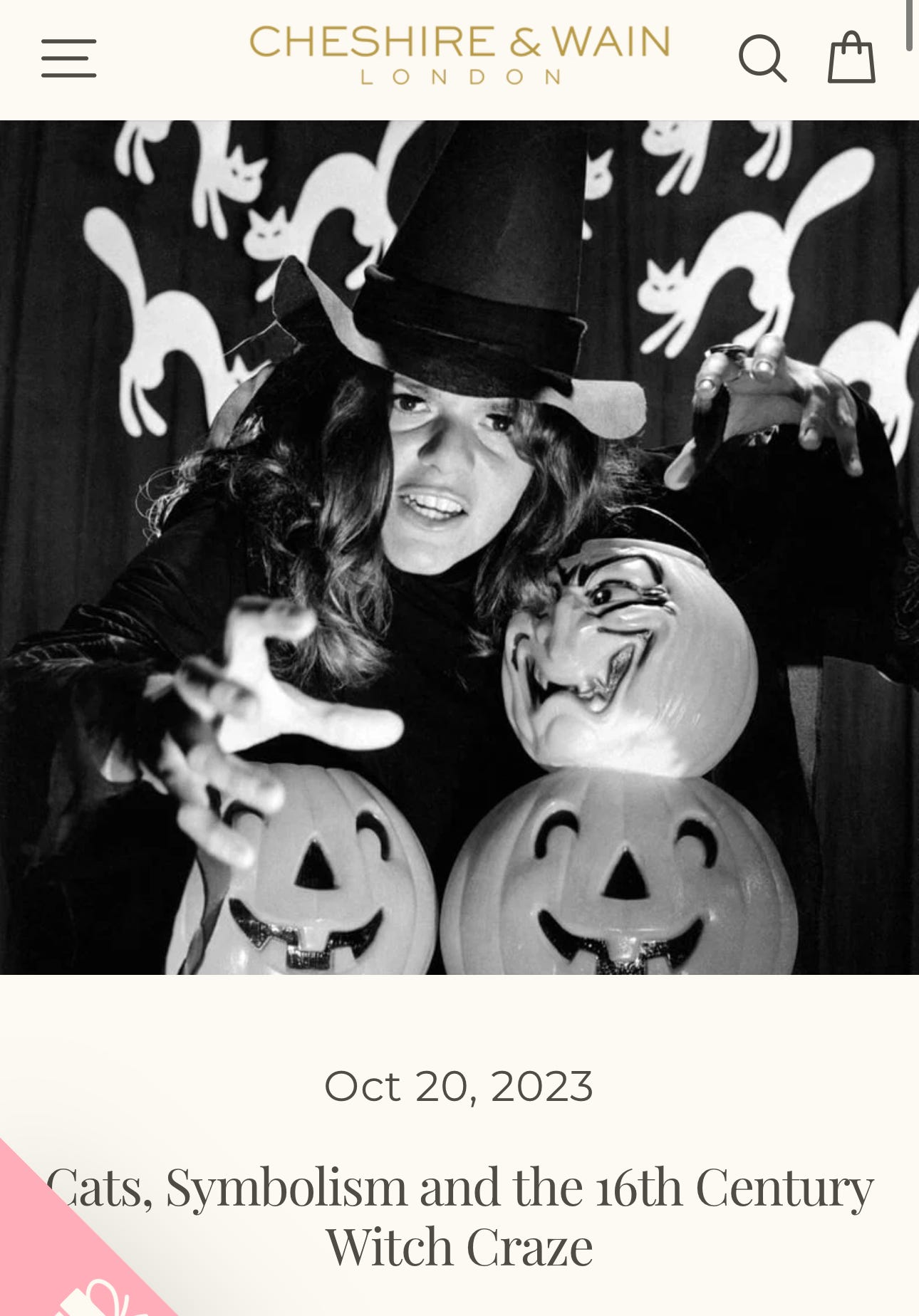
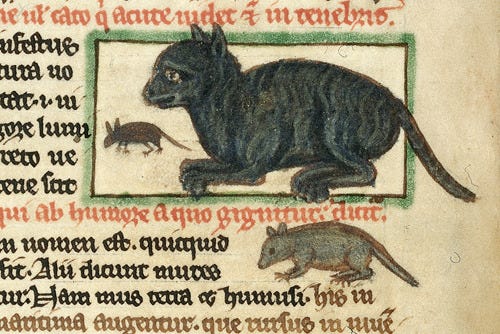
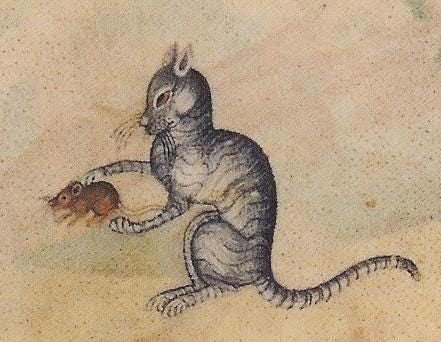
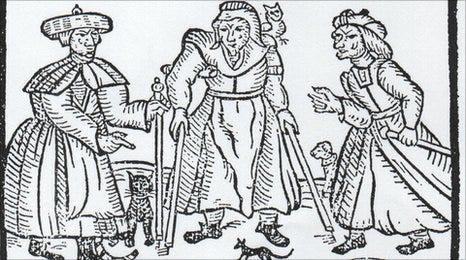
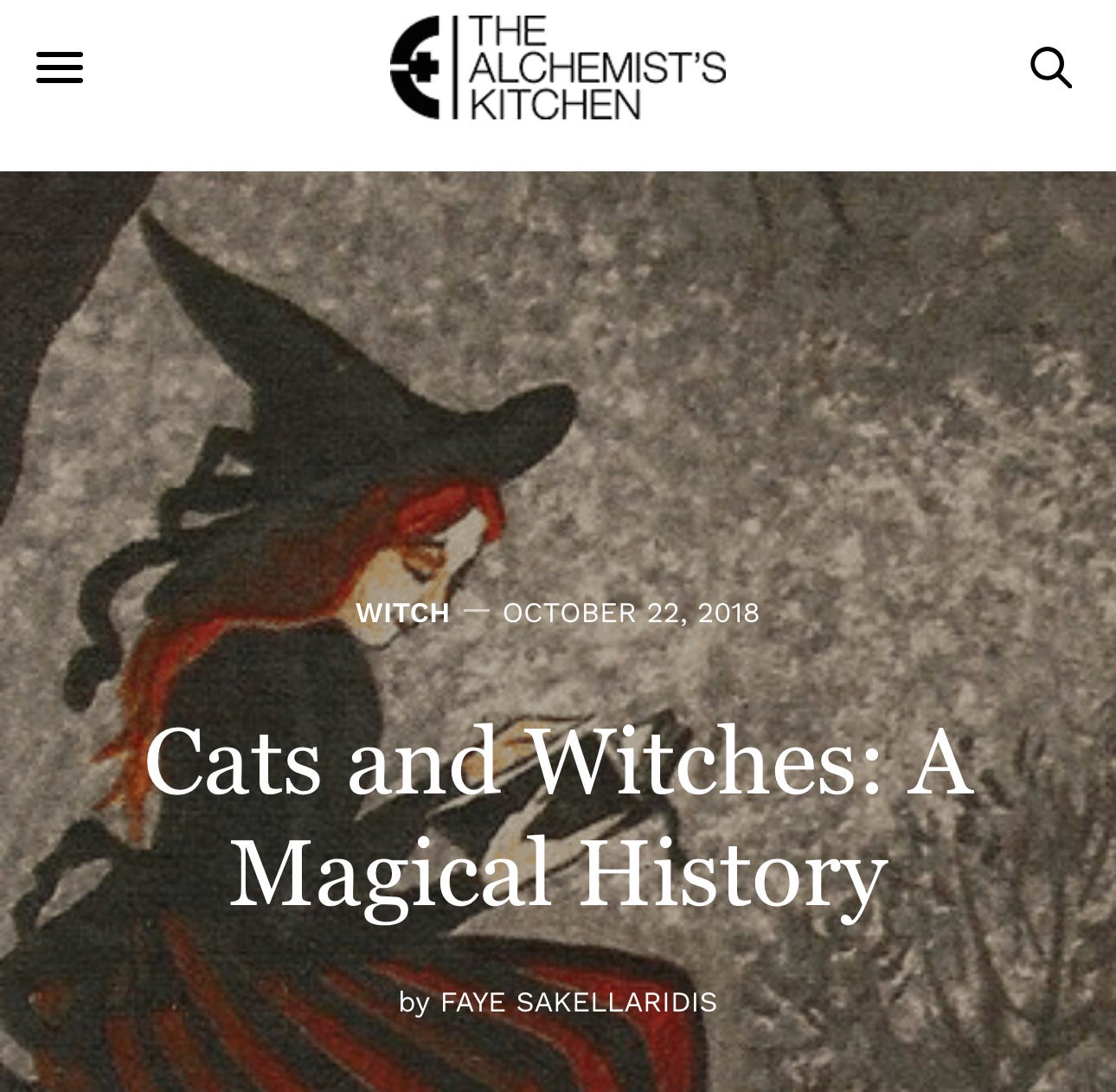
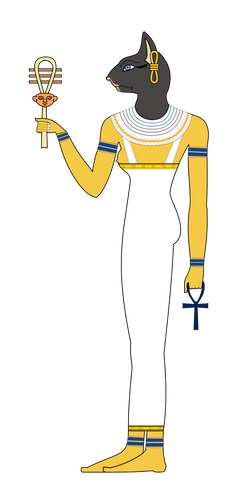
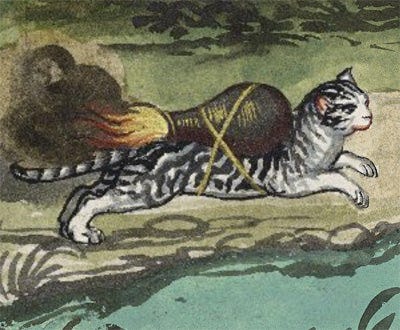
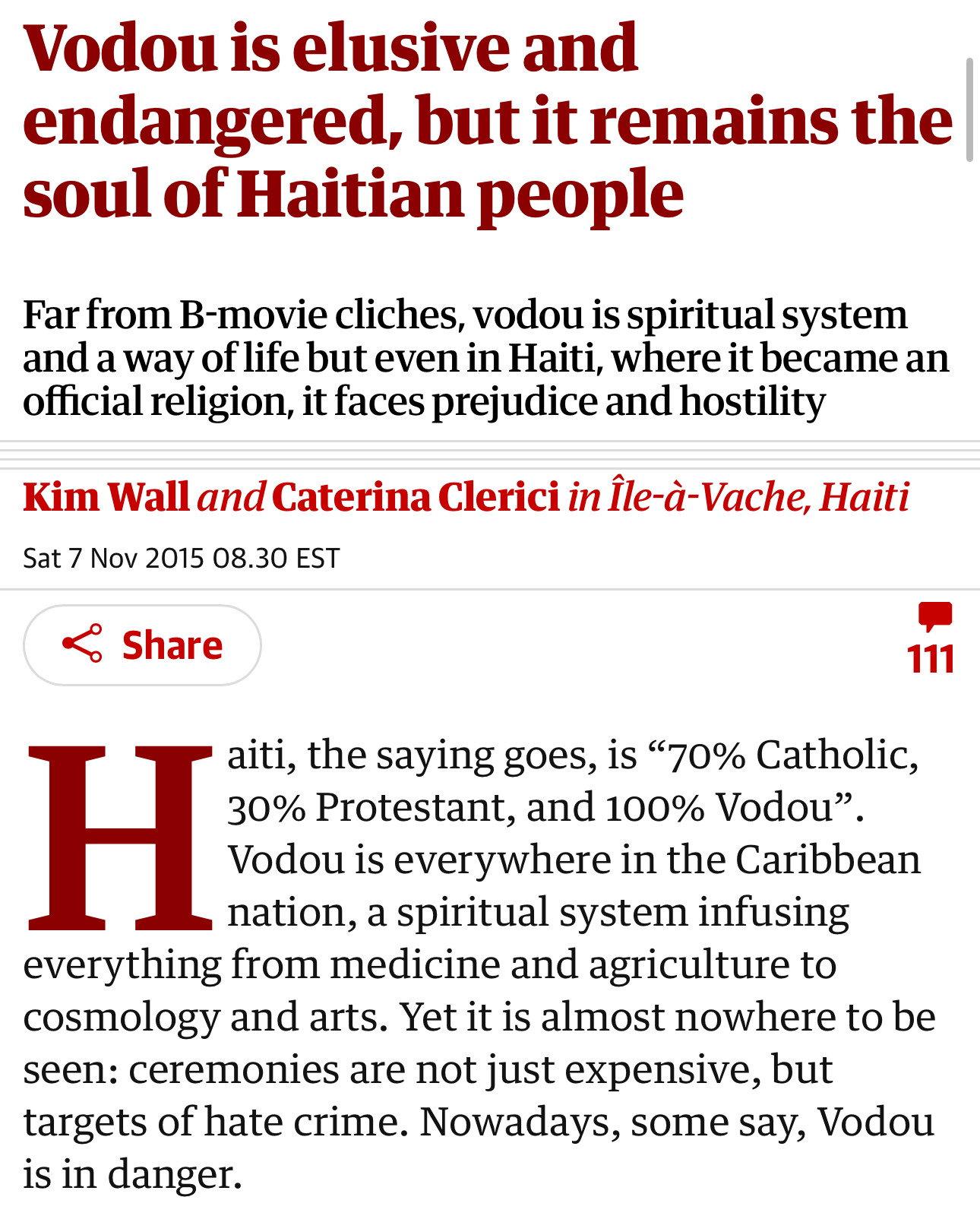
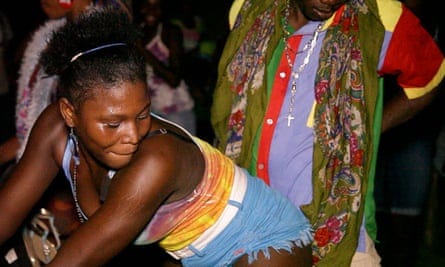
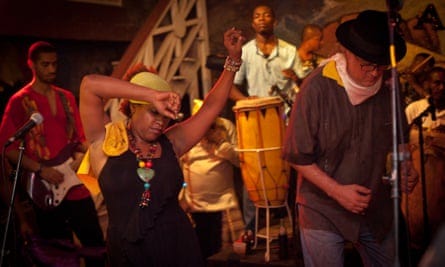
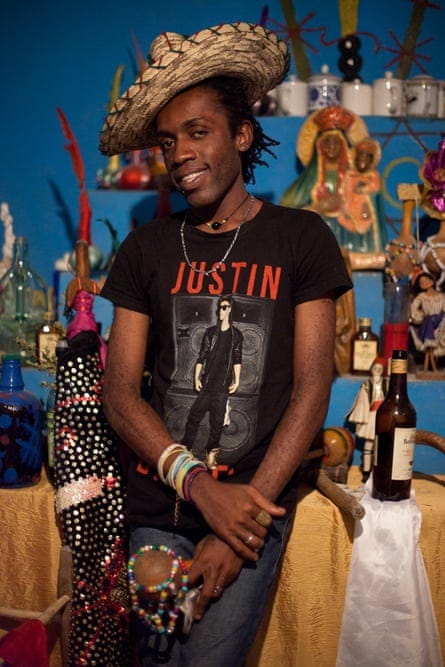
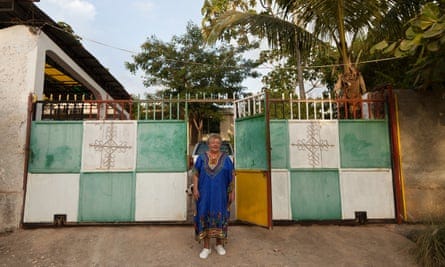

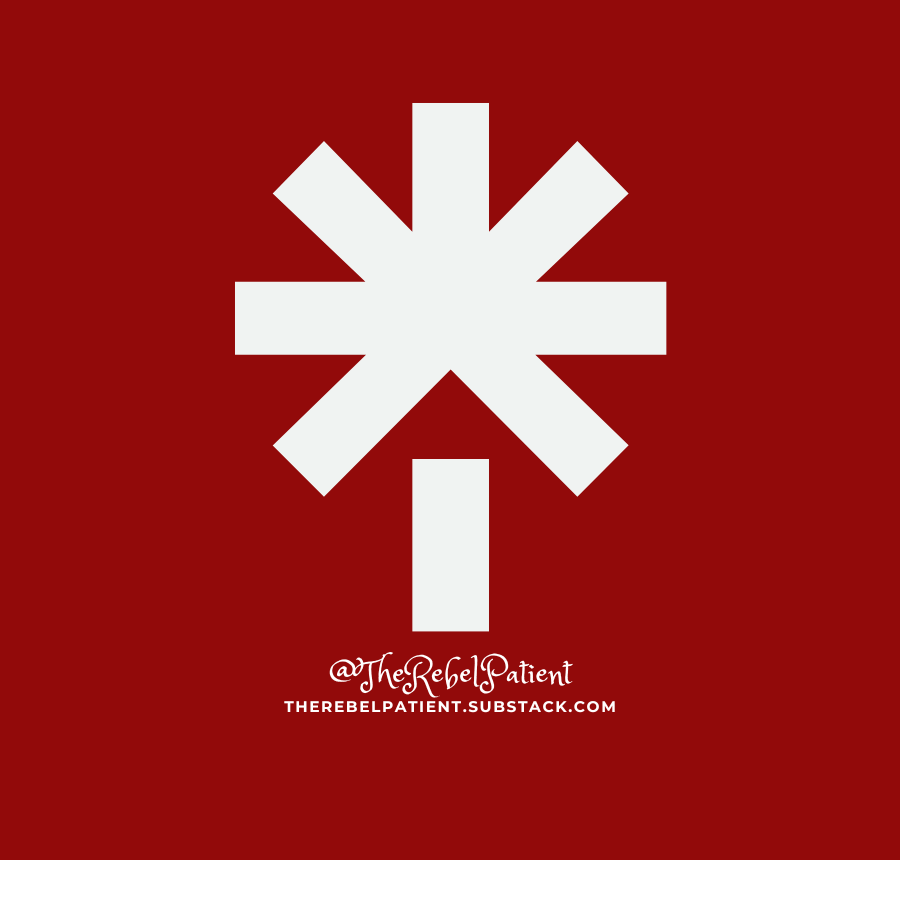
This is their crazy culture and someone needs to clue them in that it won’t be tolerated here. We love our animals and take care of them!
They might be leaning towards Santeria, which is basically half voodoo, half catholic dogma.